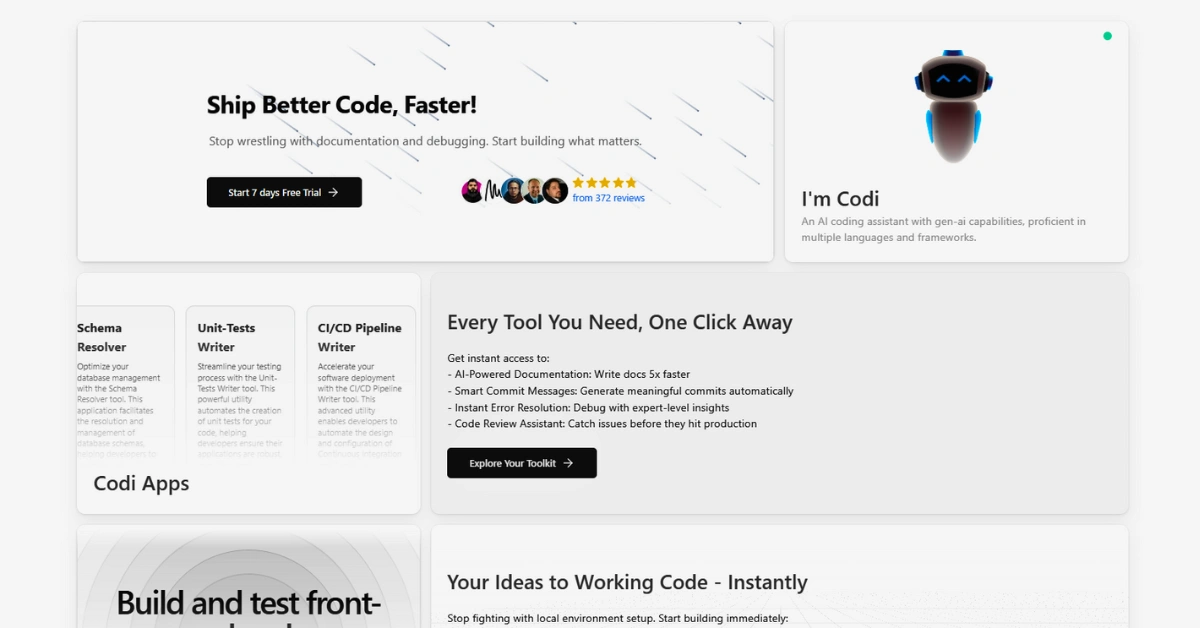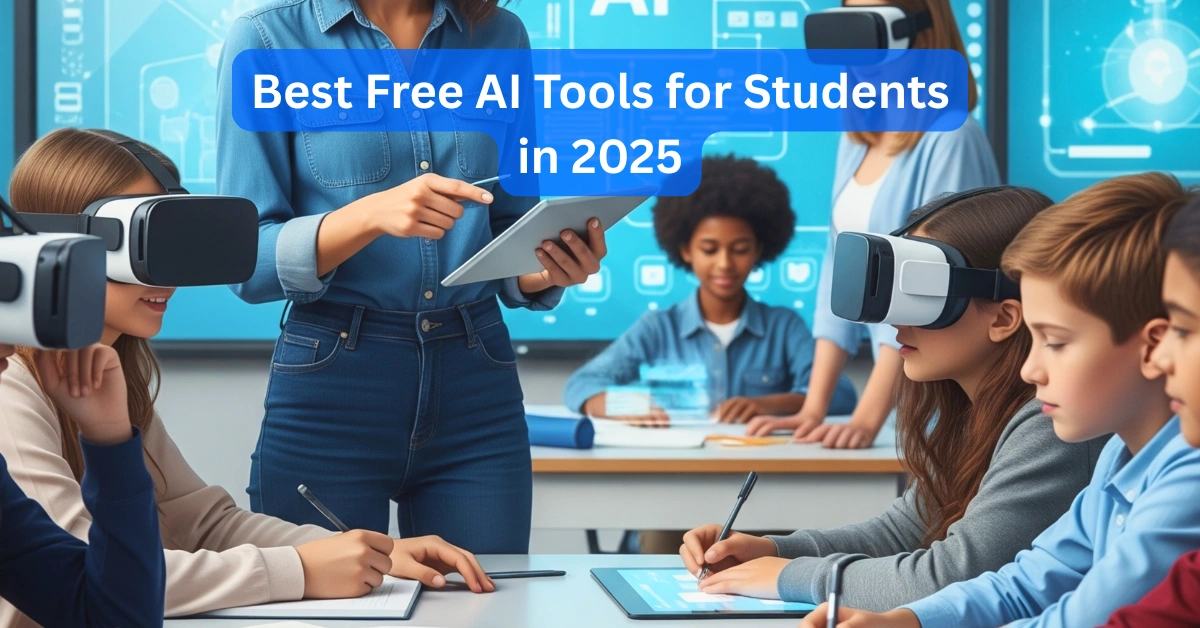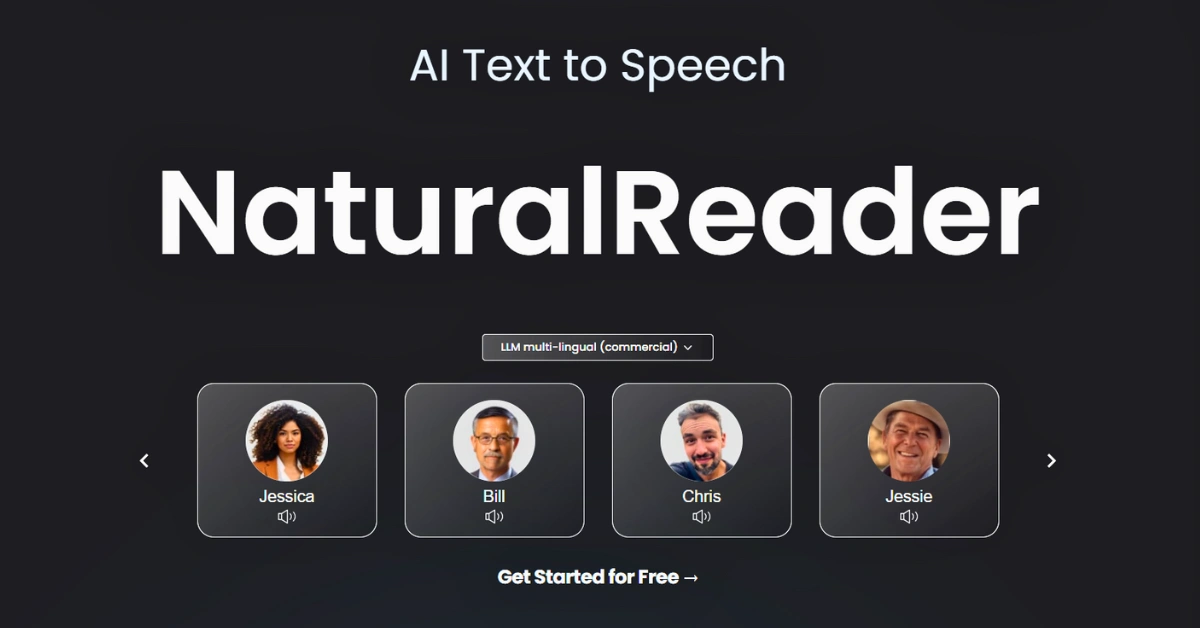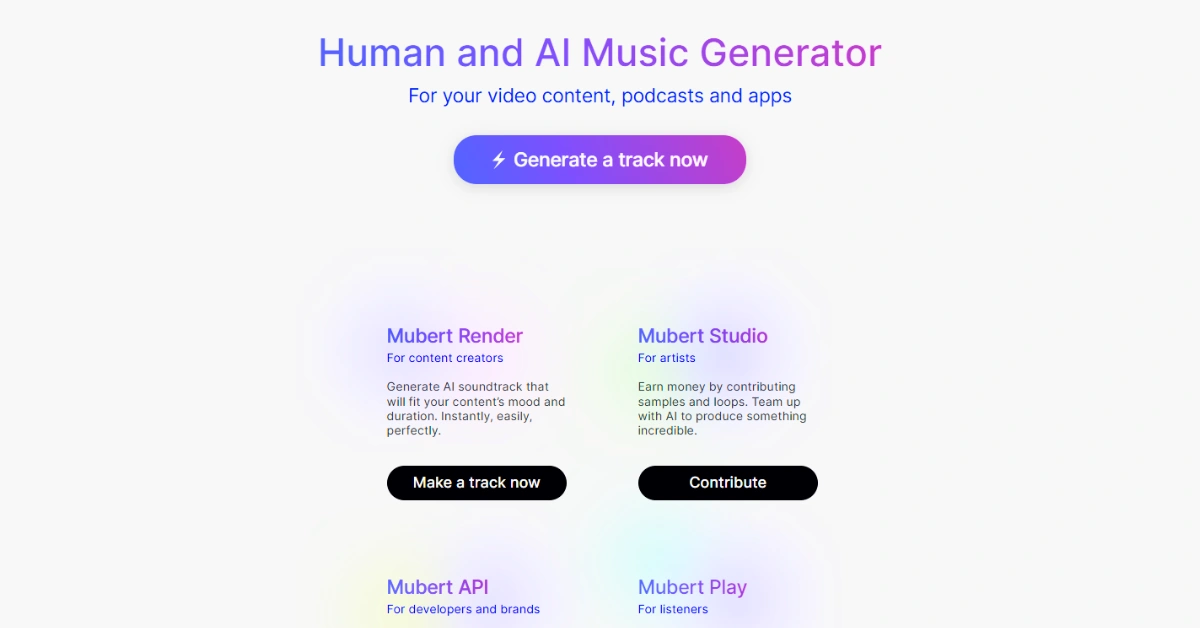AI in Transportation: Driving Innovation, Efficiency, and Safety
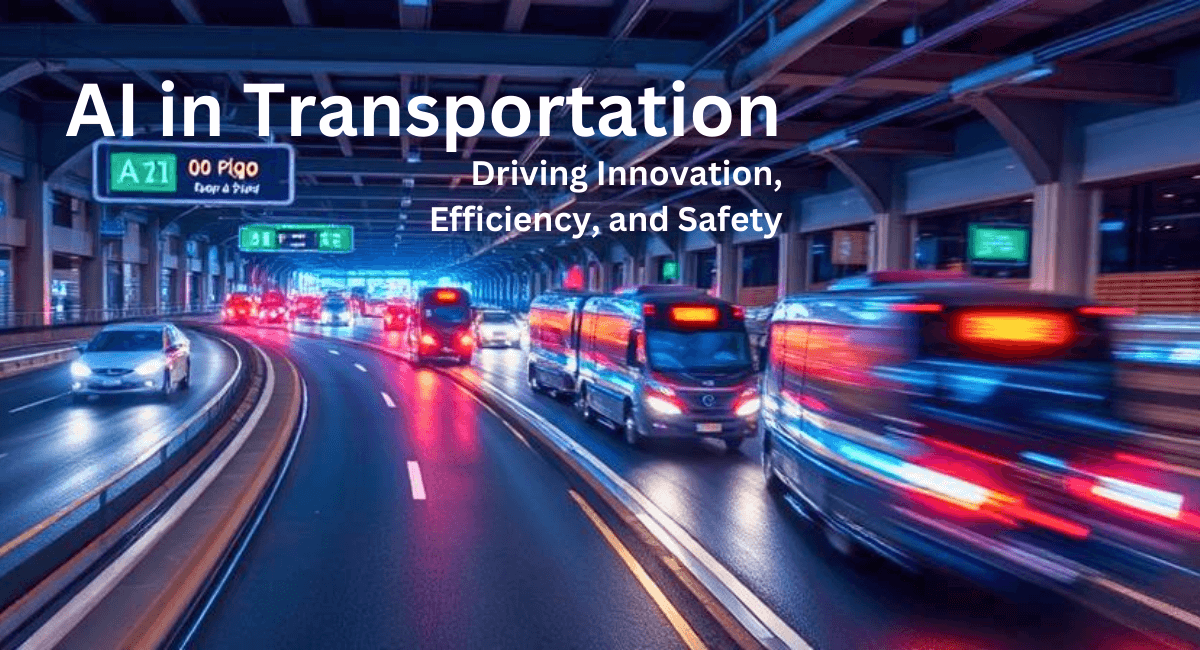
Artificial Intelligence is not only making waves in the digital and technological landscape, but it is also reshaping almost every industry at an unprecedented level. Nowhere is this more evident than in the transportation industry, where AI is driving shocking innovations that were once considered science fiction.
From self-driving cars to smart traffic systems, AI is redefining how we travel, making it safer, and more efficient. Moreover, AI is also focusing on eco-friendly driving solutions and smarter fuel management to make a sustainable environment.
According to research, the global automotive AI market was valued at 279.22 billion in 2024 and it is anticipated that it will grow at a CAGR of 35.9% from 2023-2030. However, the growth comes with challenges, such as greater implementation costs, privacy and data concerns, and regulatory problems. Will these challenges hinder the progress?
In this article, we will explore the benefits, challenges, applications, and future trends of AI in transportation.
How AI is Transforming Transportation?

Artificial Intelligence (AI) is transforming the transportation sector by bringing several advancements for efficient, safe, and sustainable travel. Here’s how AI is changing the complete dynamics of public transit and the automotive industry:
- Autonomous Vehicles: AI-assisted self-driving cars and trucks use computer vision, machine learning, and real-time data to navigate routes, eliminating human errors and promoting safety.
- Smart Traffic Systems: AI anticipates traffic patterns, forecasts congestion, and improves traffic signals to reduce delays and enhance urban mobility.
- Intelligent Logistics & Supply Chain Optimization: AI streamlines route planning, fleet management, and predictive maintenance, helping in cutting costs and improving operational efficiency.
- Public Transit Improvement: AI-powered predictive analytics assist in optimizing schedules, enhancing passenger experience, and improving reliability in buses, trains, and metro systems.
- Road Safety & Accident Prevention: AI-enhanced monitoring system detects dangerous driving, pedestrian movement, and hazardous situations, reducing accidents.
The Potential Benefits of AI in Transportation

AI is making progress in the transportation industry at an unimaginable speed by offering several benefits. Let’s explore the potential advantages AI it is bringing for faster, safer, and more efficient transportation.
Improved Safety and Accident Prevention

The most important benefit AI brings is road safety by limiting accidents and improving hazard detection. AI-powered predictive analytics helps transit authorities analyze high-risk zones through which they can take preventive measures before accidents occur.
Moreover, computer vision techniques and real-time danger detection allow vehicles to recognize pedestrians, obstacles, and road conditions. Through this, people can limit collision risks.
Additionally, AI-driven monitoring systems help authorities to analyze driver reckless behavior, fatigue, and distraction, alerting drivers to avoid potential accidents.
Intelligent Traffic Management and Reduced Congestion

AI is also driving several advancements in optimizing urban traffic flow and reducing congestion. For this, AI-assisted traffic signals are inserted that change in real-time to streamline traffic conditions, reducing bottlenecks, and enhancing travel times.
Moreover, AI is used in route planning and navigation systems that tell the fastest, shortest, and most efficient paths, preventing gridlock. In addition to this, the implementation of real-time traffic monitoring enables adaptive response to congestion, such as adjusting signal timing or suggesting alternative routes.
Efficiency in Public Transportation

AI is making public transit systems more reliable and efficient with AI-powered innovations. For instance, predictive scheduling and route adjustments allow buses and trains to move with fewer delays, improving the traveler’s overall commuting experience.
Moreover, AI-driven passenger demand forecasting aids transit authorities in allocating resources effectively, ensuring improved fleet management. Furthermore, virtual assistants and chatbots are used to update customers on available bus times, ticketing assistance, and customer support which improves customer satisfaction and convenience.
The concept of drone taxis is also rising, which has the potential to offer quick, convenient, and less congested transportation means.
Bringing Environmental Sustainability and Reduced Emissions

AI brings environmental sustainability by focusing on eco-friendly transportation solutions, reducing carbon footprints, and promoting energy efficiency. Additionally, AI-powered eco-driving assistance systems help to manage fuel consumption and reduce emissions by offering more efficient driving techniques.
AI improves electric and autonomous vehicle performance by increasing battery efficiency and optimizing power usage. Moreover, the AI-powered smart city concept is surfacing on top with a focus on green transportation strategies, such as smart intelligent management and optimal placement of EV charging points.
Helping in Cutting Costs and Improving Logistics

The other significant benefit that AI brings to transit systems is optimizing resource allocations. It helps businesses cut operational costs and enhance efficiency in supply chain and logistics management.
Moreover, a smart supply chain helps in timely deliveries, less fuel consumption and lower operational expenses. On the other hand, predictive maintenance analyzes vehicle conditions and saves them from sudden breakdowns. This will have a huge impact on lowering downtown and repairing costs.
Key Applications of AI in Transportation
Till now, you’re aware of the benefits that AI brings to the automotive sector. Now, we will explore the key applications where AI is making waves and progressing drastically.

Autonomous and Self-Driving Vehicles

The most groundbreaking invention of AI in the transportation sector is the trend of autonomous vehicles. These vehicles can navigate roads safely without the need for human intervention. Moreover, machine learning algorithms can interpret vast amounts of data from sensors and cameras, allowing vehicles to detect traffic signals and respond accurately.
Additionally, the integration of sensor fusion technology consolidates data from LiDAR, radar, and cameras to make a holistic understanding of the vehicle’s nearby areas. On the other hand, AI also plays a significant role in vehicle decision-making, enabling autonomous vehicles to change according to road conditions, traffic flow, and pedestrian walking, making autonomous and self-driving a reality.
AI in Traffic Management and Smart Infrastructure

The other sector that AI is revolutionizing through its ability is urban traffic management. It helps by optimizing traffic signals, managing traffic volumes, toll collection, and overall improving pedestrian safety. Apart from this, intelligent light systems use AI to interpret real-time traffic data and manage signals accordingly. It will overall reduce congestion and optimize traffic flow.
Moreover, AI-driven toll tax collection and congestion pricing automate transitions, mitigating delays at toll booths. By implementing AI-powered pedestrian and cyclist detection, agencies can enhance road safety by altering drivers’ pedestrian presence.
AI in Freight and Logistics Management

The other widely used application of AI is in freight and logistics management. By improving demand forecasting, streamlining inventory management, and autonomous deliveries, AI can significantly help the logistics sector.
In addition to this, predictive analytics analyzes historical data and market trends to improve freight transportation management. Significantly, AI-driven inventory and warehouse management optimize and simplify operations by anticipating stock shortages and automation supply chain processes.
Meanwhile, AI-driven autonomous drones and robots can improve the delivery system by offering fast and efficient deliveries.
AI in the Airline and Aviation Industry

Not only in the bus transport system, but AI is making a significant impact in the airline and aviation industry. By offering AI-powered flight scheduling and delay prediction systems, aviation authorities can check weather conditions and air traffic to limit disruptions.
Similarly, AI helps in air traffic control by streamlining flightways, limiting congestion, and enhancing fuel efficiency. Additionally, authorities can use a baggage tracking system to help passengers in case of lost luggage, while virtual assistance enhances customer service by offering real-time updates and travel guidance.
AI in Railway and Metro Systems
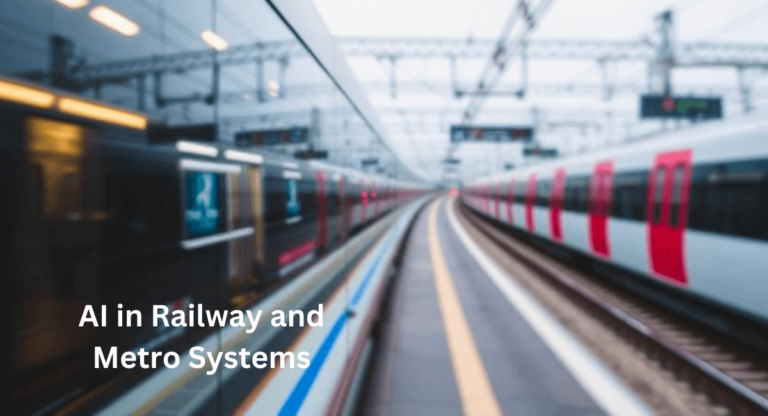
AI is modernizing the railway and metro systems by redefining infrastructure and maintenance, train automation, and passenger management. For instance, AI-backed predictive analytics and maintenance systems help track conditions and train performance to prevent delays and occasional breakdowns.
Moreover, AI also enables automated train operation and scheduling to adjust routes and schedules based on passenger demand. Meanwhile, AI-assisted passenger flow management allows better regulation of crowds at stations, ensuring a smoother boarding and commuting experience.
Real-World Applications of AI in Transportation

Enough of the theories and descriptions, let’s discover which companies and industry giants are incorporating AI capabilities in the automotive industry:
Company | AI Application | Description |
Tesla | Self-Driving | Utilize AI-powered Full Self-Driving with neural networks to analyze roads, detect hurdles, and improve self-driving capabilities |
Waymo | Autonomous Driving Taxis and ride-sharing | Use AI to operate complete autonomous ride-hailing services using deep learning algorithms for real-time traffic and pedestrian detection |
BMW | AI-Assisted Driver Assistance | Use AI in different features such as adaptive cruise control, lane-keeping help, and automated parking using computer vision and predictive analytics |
Uber | Route Optimization and Safety Monitoring | AI systems assess traffic data for better route planning while checking driver behavior for safety enhancement |
Hitachi | Intelligent Rail and Public Transport | Utilize AI for predictive maintenance in rail systems, streamlining schedules and decreasing downtime in public transit. |
Audi | Traffic Prediction and Adaptive Cruise Control | AI-backed systems predict traffic bottlenecks and manage vehicle speed for better and more efficient driving |
Challenges and Ethical Considerations of Implementing AI in Transportation

We cannot deny the advancement and modernization of AI in the transport sector. However, these advancements come with challenges and ethical considerations that need to be addressed to efficiently implement AI. Here are some common challenges:
High Implementation Costs and Infrastructure Overhaul
- The implementation and adoption of AI in transit systems come with drastic financial challenges as companies and governments must invest heavily in cutting-edge technologies, sensors, and computing infrastructure.
- Moreover, upgrading previous transportation networks to new modifications, from smart traffic systems to AI-powered fleet management, might be costly and time-consuming.
Data Privacy, Cybersecurity, and AI Bias
- AI-powered transportation systems collect vast amounts of personal dat,a which raises concerns about privacy and cybersecurity.
- AI-based surveillance, monitoring, and vehicle tracking systems pose several risks if not properly managed.
- Additionally, biases in AI algorithms, particularly in areas like automated traffic enforcement, can lead to biases and discrimination.
Job Displacement in Transportation
- The automation culture sparked a lot of debates about job displacement, as AI-backed systems mitigate the need for human labor and drivers.
- While AI brings efficiency, making a balance between automation and human oversight is crucial to ensure safety, reliability, and employment sustainability.
Regulatory and Legal Challenges
- Operating AI in transportation requires compliance with several national and international laws.
- Regulatory bodies must address concerns related to AI decision-making, ethical driving choices, and legal regulations in accidents involving autonomous vehicles.
The Future of AI in the Automotive Industry
The future of AI is immense, and it is not going to stop in the near soon. From drone taxis to smart cities and AI-powered public transit, you can expect huge changes in the automotive industry.

Emerging Trends in AI-Powered Mobility Systems
- In the future, you can anticipate AI integration with 5G or the Internet of Things (IoT) for data sharing.
- Moreover, improved vehicle-to-vehicle and vehicle-to-infrastructure communication can be seen.
- The advances in the field of predictive analytics for traffic and supply chain management, and intelligent fleet management will also be adopted highly.
The New Era of Smart Cities and AI-Assisted Public Transit
- You will see AI-assisted public route optimization in real-time, automated traffic and congestion management.
- Transit authorities will move toward AI-powered urban planning for improved infrastructure and mobility.
- You will also see the growing culture of self-driving cars, buses, AI-powered metro systems, and ride-sharing.
AI Role in Shaping the Future of Sustainable Transportation
- In the future, cities and governments will emphasize the use of AI-assisted electric vehicles for better performance and energy efficiency.
- You will see the charging stations through AI-driven analytics and eco-friendly practices to reduce fuel consumption and carbon emissions.
The Bottom-Line
There was a time when we used to listen to the concept of self-driving cars in movies and fiction. Interestingly, the imagination is turning into reality, all because of AI. In conclusion, AI is modernizing the way we used to travel.
From smart traffic management systems and autonomous vehicles to route optimization and accident prevention techniques, AI is making transportation quick, safe, and reliable. However, the implementation of AI in public transit systems comes with potential challenges such as high cost, biases, job displacement, and regulatory concerns.
Addressing these challenges is crucial for safe and efficient AI incorporation. Moreover, as AI continues to evolve, the world will see a rapid improvement in the field of the automotive industry, whether it is about enhancing AI-powered public transit systems or integrating 5G or IoT. Let’s see what the future unveils for us!
Frequently Asked Questions
How is AI being used in transportation?
- AI is used in several innovative ways in transit systems. From AI-powered transit systems and autonomous cars to route optimization and traffic congestion management, AI is everywhere.
How is AI being used in vehicles?
- In vehicles, AI has been applied in autonomous driving, driver-helping systems, predictive maintenance, and route navigation.
How is AI used in the travel industry?
- AI improves passenger experience through smart booking, AI chatbots, personalized recommendations, and updates about flight delays.



